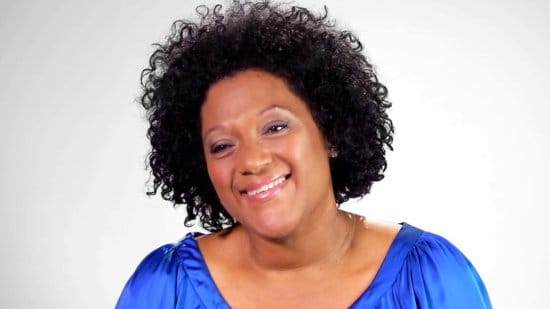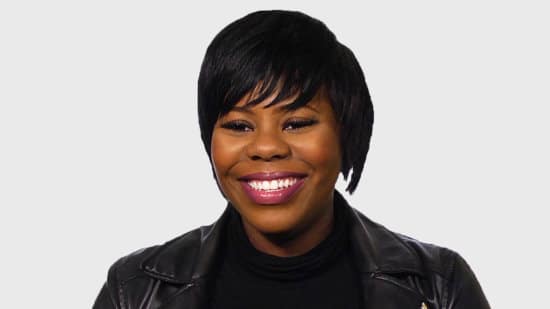Stylist
What you need to know
Barbers, hairstylists, and cosmetologists provide haircutting, hairstyling, and a range of other beauty services.
Barbers, hairstylists, and cosmetologists work mostly in a barbershop or salon. Physical stamina is important because they are on their feet for most of their shift. Many work full time, but part-time positions are also common.
Some of the things a barber, hair stylist, and cosmetologist might do:
- Inspect and analyze hair, skin, and scalp to recommend treatment
- Discuss hairstyle options
- Wash, color, lighten, and condition hair
- Chemically change hair textures
- Cut, dry, and style hair
- Receive payments from clients
- Clean and disinfect all tools and work areas
Watch this video to learn more about what our role models do in their careers:
- Creativity: Barbers, hairstylists, and cosmetologists must keep up with the latest trends and be ready to try new hairstyles for their clients.
- Customer-service skills: Workers must be pleasant, friendly, and able to interact with customers in order to retain clients.
- Listening skills: Barbers, hairstylists, and cosmetologists should be good listeners. They must listen carefully to what the client wants in order to make sure that the client is happy with the result.
- Physical stamina: Barbers, hairstylists, and cosmetologists must be able to stand on their feet for long periods.
- Tidiness: Workers must keep a neat personal appearance and keep their work area clean and sanitary. This requirement is necessary for the health and safety of their clients and for making clients comfortable enough so that they will want to return.
- Time-management skills: Barbers, hairstylists, and cosmetologists need to manage their time efficiently when scheduling appointments and providing services. For example, routine haircuts do not require the precise timing of some other services, such as applying neutralizer after a permanent wave. Clients who receive timely hair care are more likely to return.
Watch this video to learn more from our role models:
The average hourly pay for barbers, hairstylists, and cosmetologists in the United States was $16.82 in May 2022 according to the U.S. Bureau of Labor Statistics.
The pay for barbers, hairstylists, and cosmetologists depends on factors such as level of experience, education and training, geographic location, and specific industry.
About 89,400 new job openings for barbers, hairstylists, and cosmetologists are projected each year, on average, over the next 10 years in the United States.
Overall employment of barbers, hairstylists, and cosmetologists is projected to grow 8 percent from 2022 to 2032 according to the U.S. Bureau of Labor Statistics. This is faster than the average growth rate for all occupations.
The need for barbers and hairdressers will stem primarily from population growth, leading to greater demand for basic hair care services.
In addition, an increased demand for hair coloring, hair straightening, and other advanced hair treatments is expected to continue over the projections decade.
A high school diploma or equivalent is required for some positions. In addition, every state requires that barbers, hairstylists, and cosmetologists complete a program in a state-licensed barber or cosmetology school.
These programs are mainly found in postsecondary vocational schools and typically lead to a postsecondary non-degree award or certificate. Most of these workers take advanced courses in hairstyling or in other personal appearance services to keep up with the latest trends. Those who want to open their own business also may take courses in sales and marketing.
Discover some of the courses you will take pursuing a degree in Marketing, Fashion Design, Fine Art, or Film and Media.
Watch this video to learn more from our role models:

